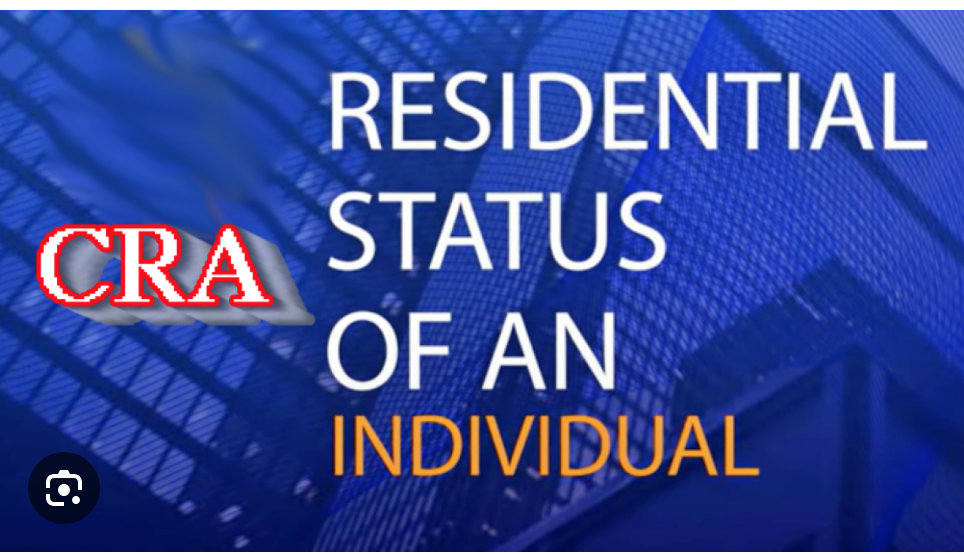Introduction
Residency status is a crucial factor in determining an individual’s tax liabilities in any country. In Canada, the Canada Revenue Agency (CRA) plays a vital role in defining an individual’s residence status for income tax purposes. This article provides a comprehensive guide to understanding the factors that contribute to the determination of an individual’s residence status in Canada and the associated tax implications.
The Importance of Residence Status
In Canada’s income tax system, an individual’s liability for income tax hinges on their residency status – whether they are considered a resident or a non-resident. A resident individual is subject to Canadian income tax on their worldwide income from all sources, whereas a non-resident individual is typically only taxed on income earned from sources within Canada.
Factors Affecting Residence Status
Determining an individual’s residence status is not always straightforward, as it involves considering a range of factors. These include the individual’s dwelling place, spouse or common-law partner, dependants, personal property in Canada, social ties, economic ties, landed immigrant status, health insurance coverage, driver’s license, vehicle registration, and more. The CRA assesses these factors collectively to ascertain an individual’s overall residential ties to Canada.
Factual Residence – Leaving Canada
When an individual leaves Canada, maintaining significant residential ties can impact their residence status. These ties include the individual’s dwelling place, spouse or partner, and dependants. If these ties are retained after leaving Canada, the individual might still be considered a factual resident and subject to Canadian tax on their worldwide income. Additionally, the regularity and length of visits to Canada, as well as intentions to permanently sever ties, influence the determination of residence status.
Secondary Residential Ties
Secondary residential ties include personal property, social connections, economic associations, landed immigrant status, health coverage, and more. While no single secondary tie is usually sufficient to establish residence status on its own, they are collectively evaluated to determine an individual’s overall connection to Canada.
Factual Residence – Entering Canada
Upon entering Canada, an individual’s establishment of residential ties becomes crucial. These ties often include the individual’s dwelling place, spouse or partner, dependants, landed immigrant status, and health coverage. Acquiring landed immigrant status and provincial health coverage can lead to the individual being considered a resident for tax purposes.
Deemed Residents of Canada – Subsection 250(1)
Subsection 250(1) of the Income Tax Act pertains to deemed residency. This provision applies when an individual is not factually resident in Canada but has significant ties due to temporary presence. For instance, if an individual sojourns in Canada for 183 days or more in a calendar year, they are deemed to be resident for the entire year. This can result in different tax treatment compared to factual residency.
Tax Implications
The tax consequences of residence status are significant. Factual residents are liable for provincial taxes, entitled to provincial tax credits, and eligible for direct provincial benefits. Deemed residents may not be entitled to provincial tax credits and benefits, and they might have different tax obligations under the federal surtax. Understanding these implications is crucial for proper tax planning.
Residency for Provincial Tax Purposes
An individual’s residency status also affects their provincial tax obligations. Provinces levy taxes on worldwide income for residents, but the determination of residency can vary between provinces. For instance, significant residential ties on December 31 of a particular year can establish residency for provincial tax purposes.
Meaning of Resident and Ordinarily Resident
The concepts of “resident” and “ordinarily resident” are central to the determination of residency status. The Supreme Court of Canada’s decision in Thomson v Minister of National Revenue (1946) provides valuable insights. Resident status is a matter of the degree to which an individual settles into or maintains ordinary living in a specific place. Ordinarily resident status refers to living regularly, normally, or customarily in a place.
Conclusion
Understanding an individual’s residence status is fundamental to navigating the Canadian income tax system. Whether someone is a factual resident, a deemed resident, or a non-resident, their tax liabilities can vary significantly. The Canada Revenue Agency’s consideration of various factors, such as residential ties and intentions, ensures a comprehensive assessment of an individual’s connection to Canada. By comprehending these factors and the associated tax implications, individuals can make informed decisions and engage in effective tax planning strategies.



Leave a Reply